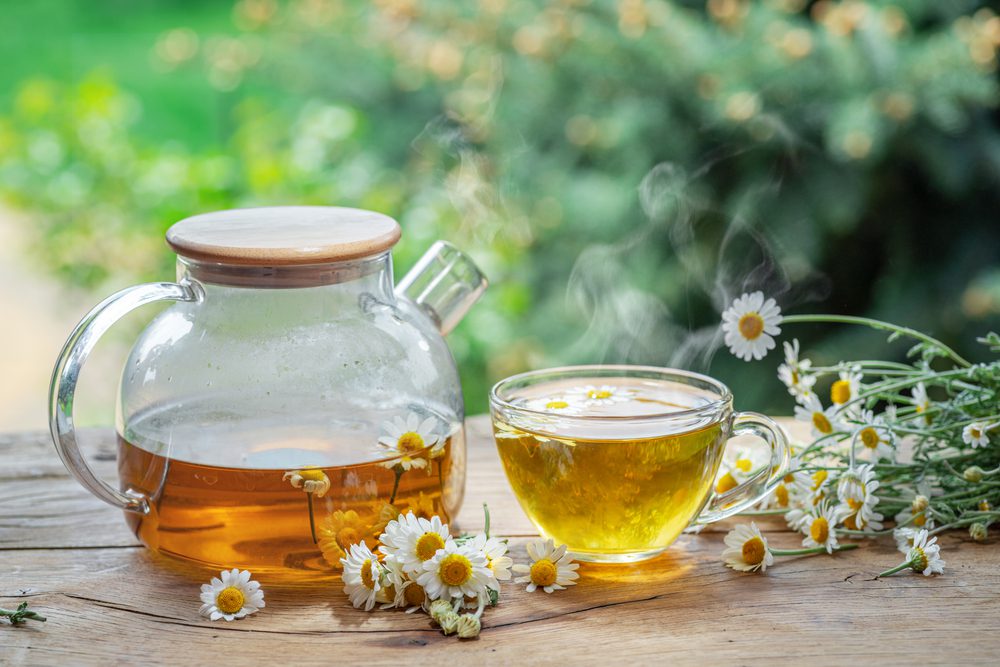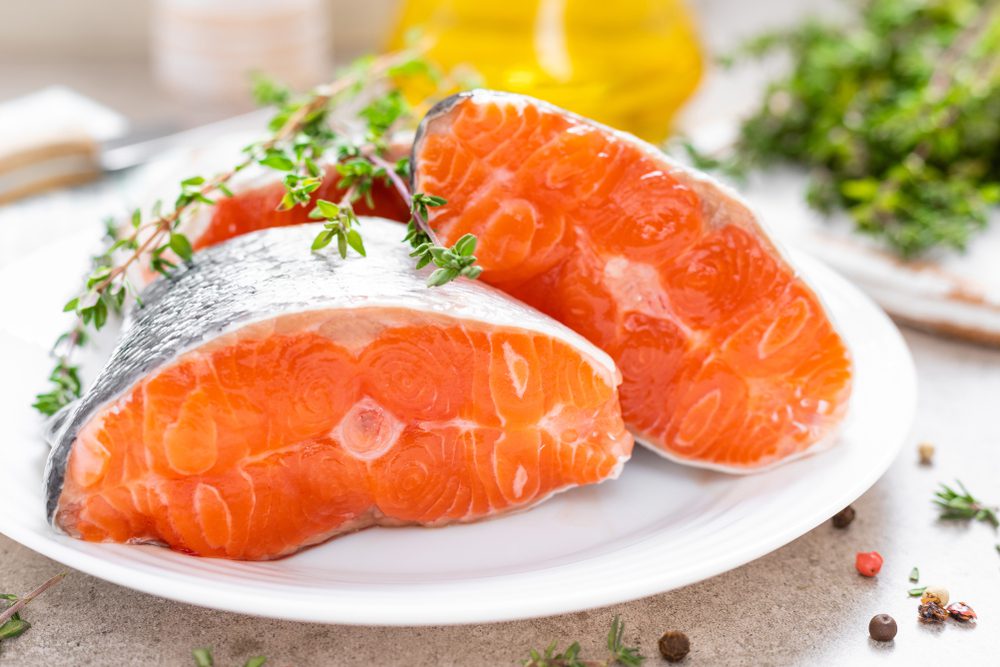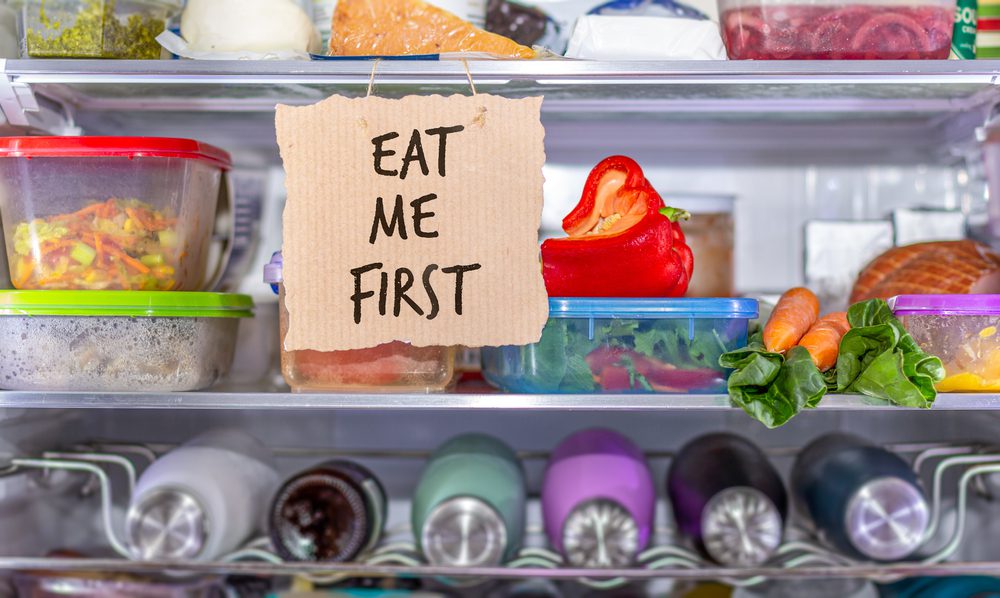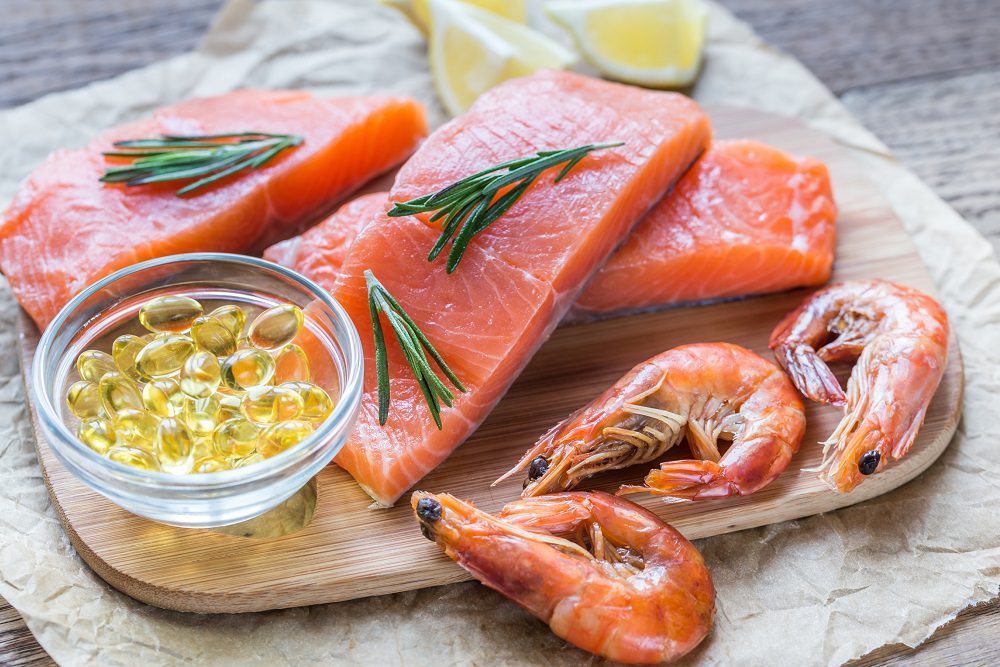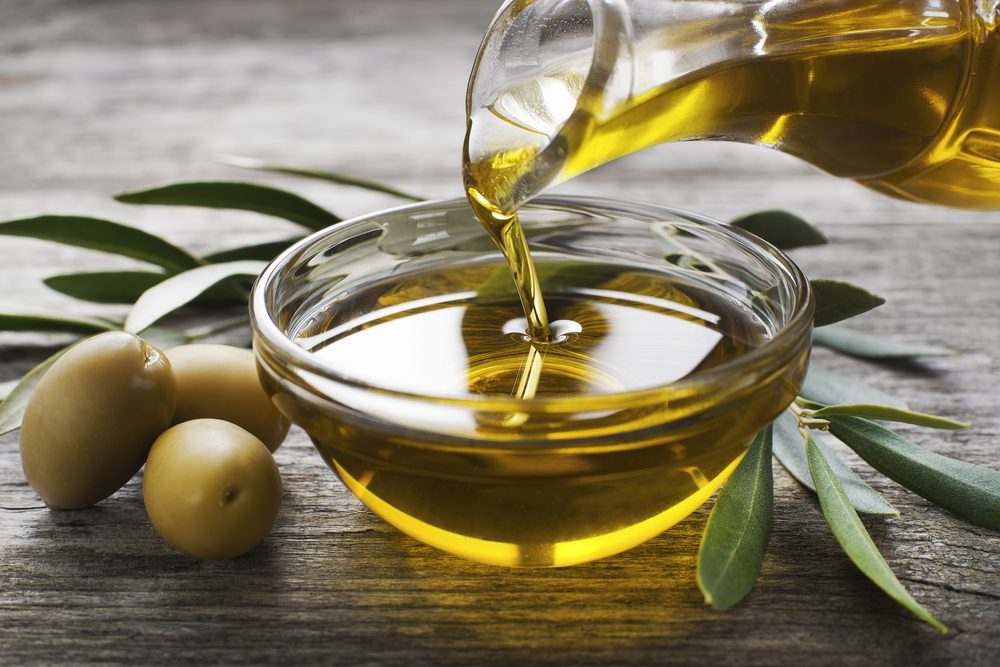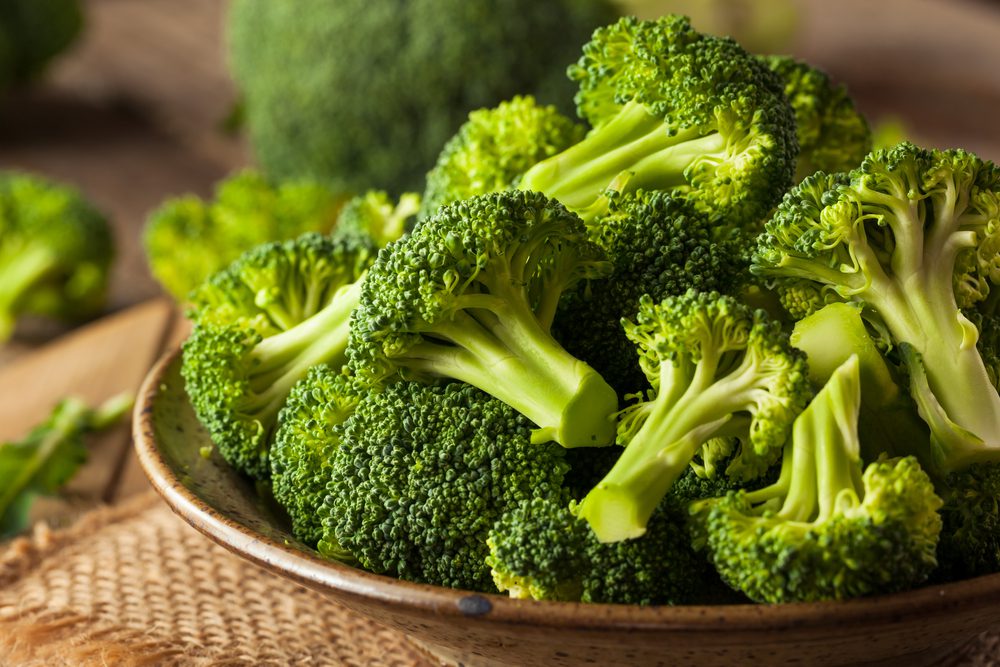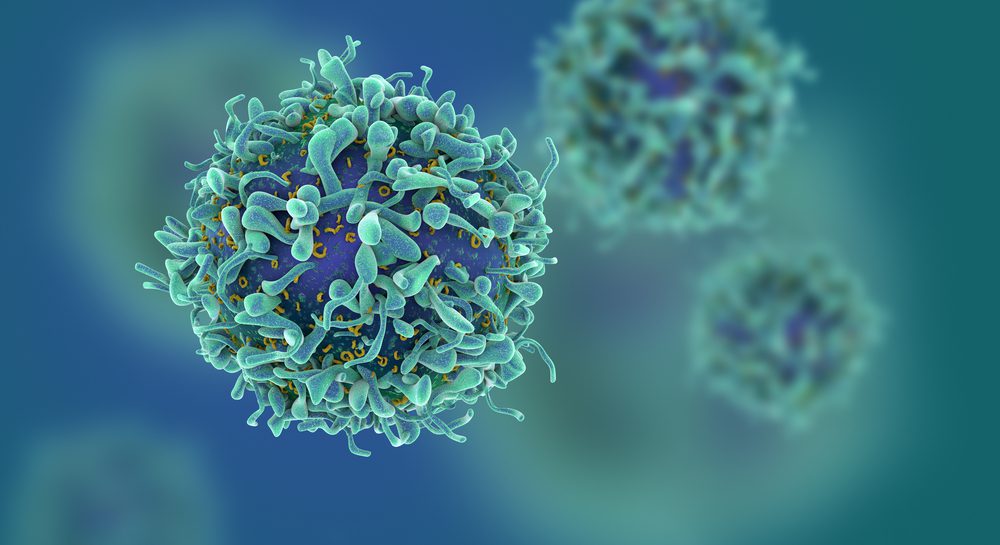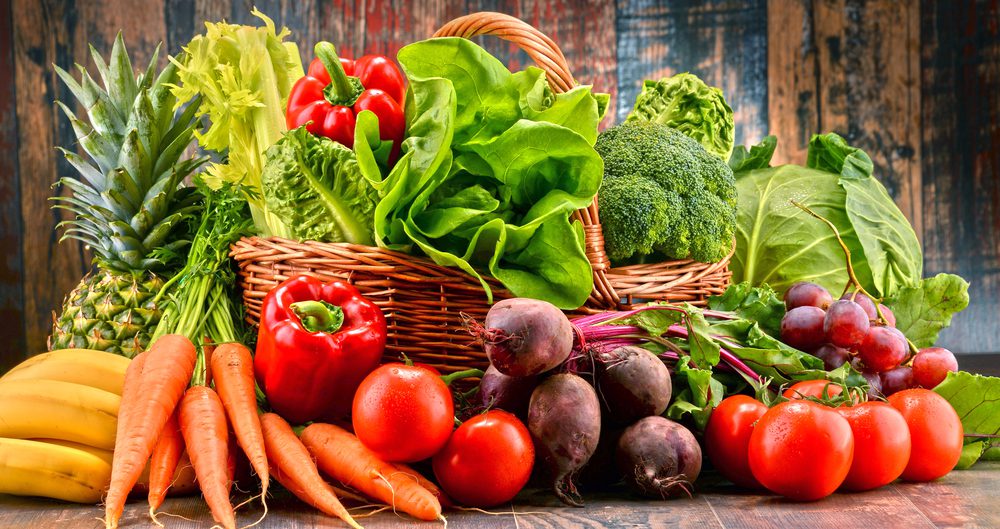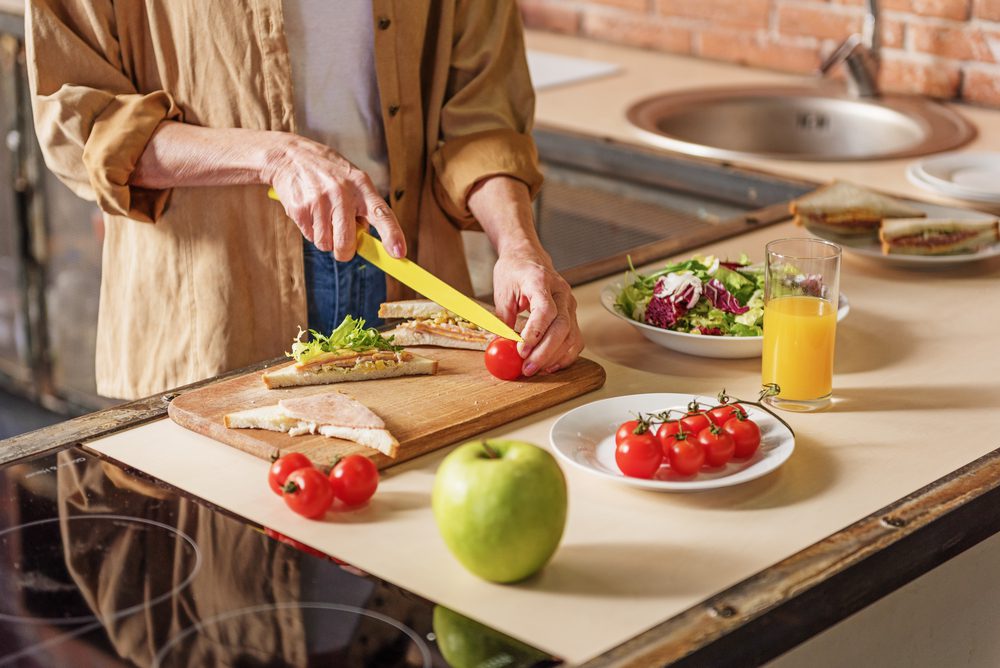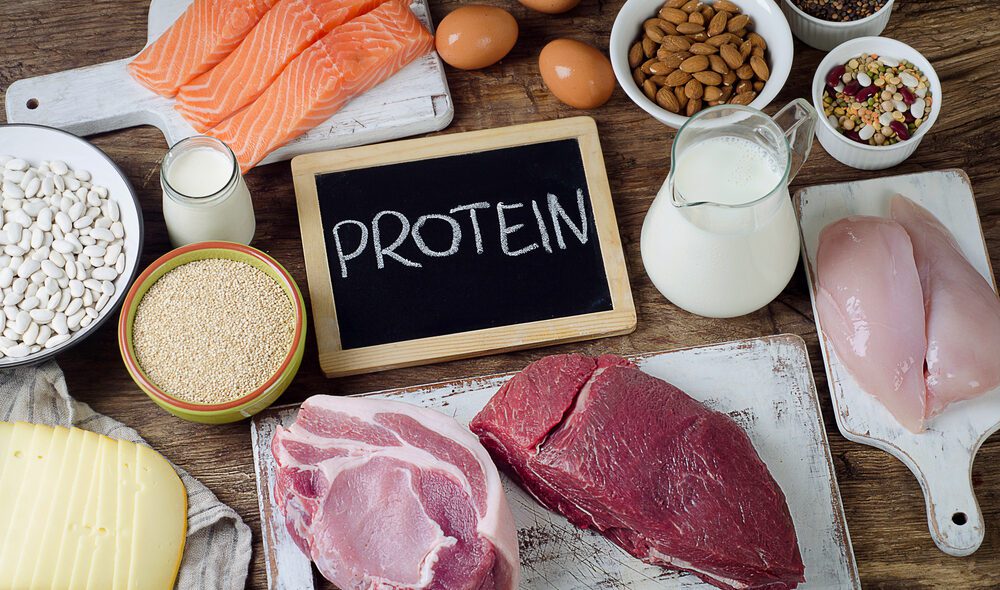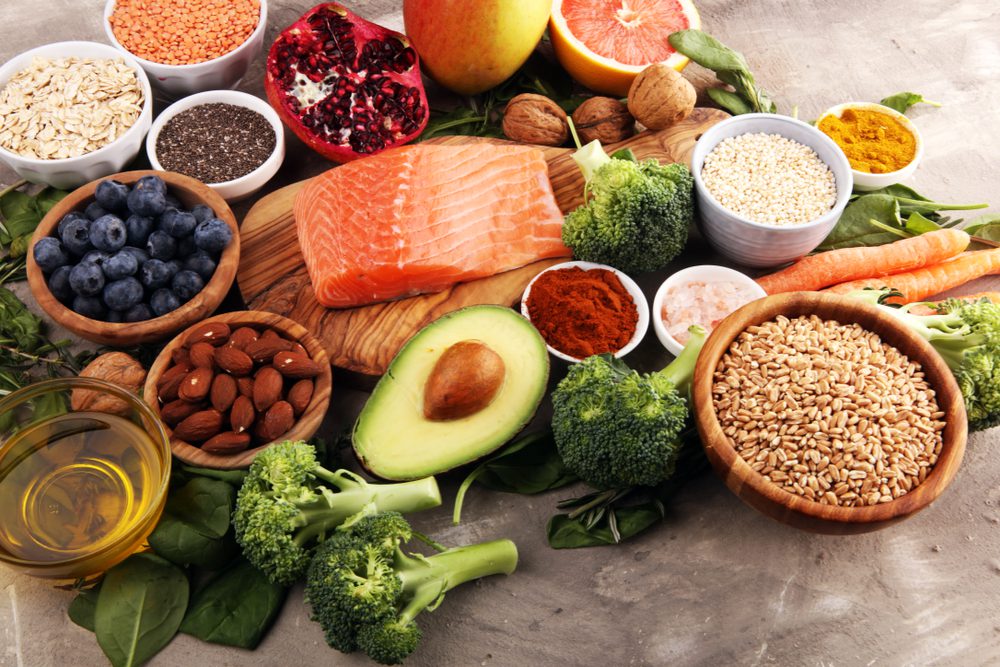
After a certain age, you might develop heart disease and unfortunately, this will require special attention, proper treatment, and a healthier diet that includes a lot of healthy foods. When you say diet, you automatically think about a restrictive lifestyle. But in this case, the answer is no. Did you know that you can cook plenty of tasty foods even if you are on a special diet?
Certain foods can influence blood pressure, cholesterol levels, triglycerides, and inflammation, and all of them are risk factors for heart disease.
We’ll show you 13 foods which are good for you and your heart.
1. Leafy green vegetables
Remember Popeye the Sailor Man? Eating a lot of spinach made him strong and healthy. It can happen to you too if you include it in your daily diet vegetables! Leafy green vegetables like spinach (baby spinach as well) and kale are actually very rich in vitamin K, which helps protect your arteries and are associated with a lower risk of heart disease.
These tasty vegetables also contain minerals, vitamins, and antioxidants. Are you thinking of a tasty salad with some grilled chicken? Don’t forget to add some baby spinach leaves.
2. Fresh Herbs
Do you like your food to be spicy or a little bit salty? Unfortunately, people who have heart disease cannot eat too much salt, but this cannot be a problem because are a lot of fresh herbs out there to add to your food instead of salt and fat.
The most common and healthy ones are cilantro, parsley, dill, basil, oregano, and rosemary. Which one is your favorite spice? Tell us in the comments.
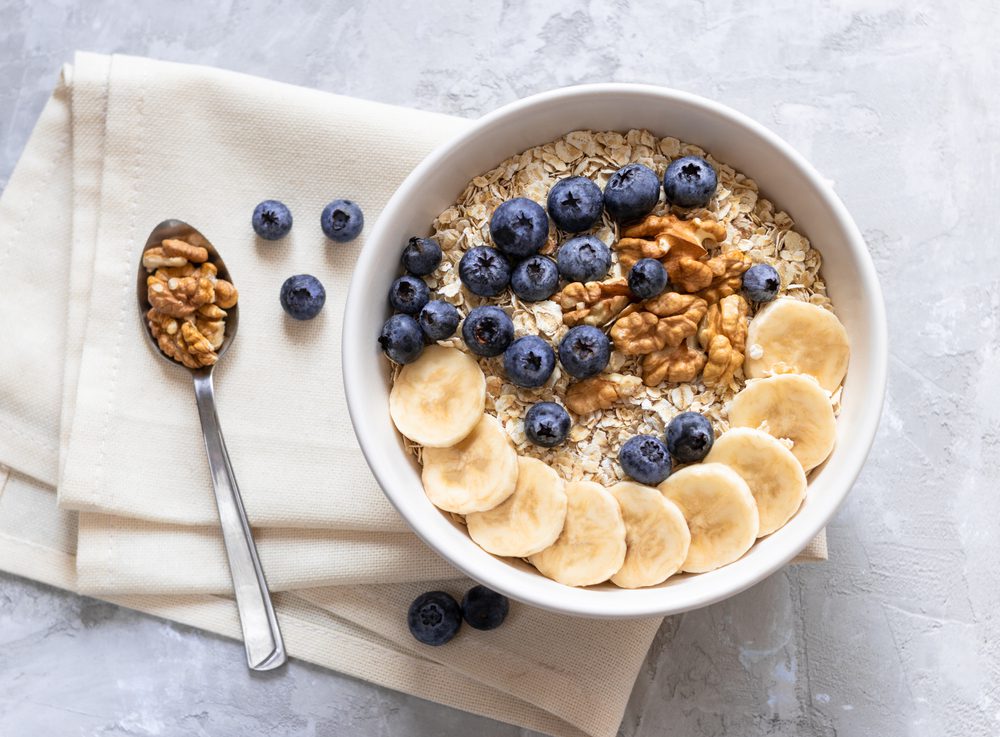
3. Whole grains
…mmm that Greek yogurt it’s perfectly combined with a cup of oats! In case you didn’t know, whole grains include three nutrients of the grain: germ, endosperm, and bran. If refined carbohydrates increase the risk of heart disease, whole grains actually protect your heart! Try and switch to a diet rich in plant-based foods, low fat, whole grains, and less salt!
Tip: Before buying any kind of product make sure you read the ingredients carefully! Phrases like “whole grain” or “whole wheat” indicate the actual grain product compared to wheat flour or multigrain! It’s never too late to eat better.
4. Avocados
“Guacamole por favor!” Avocados are one of the best foods to include in your diet. They are an excellent source of protein, and monosaturated fats, and are heart-friendly because they reduce the levels of cholesterol.
Studies have shown that people who eat one avocado a day have had better results when measuring cholesterol levels.
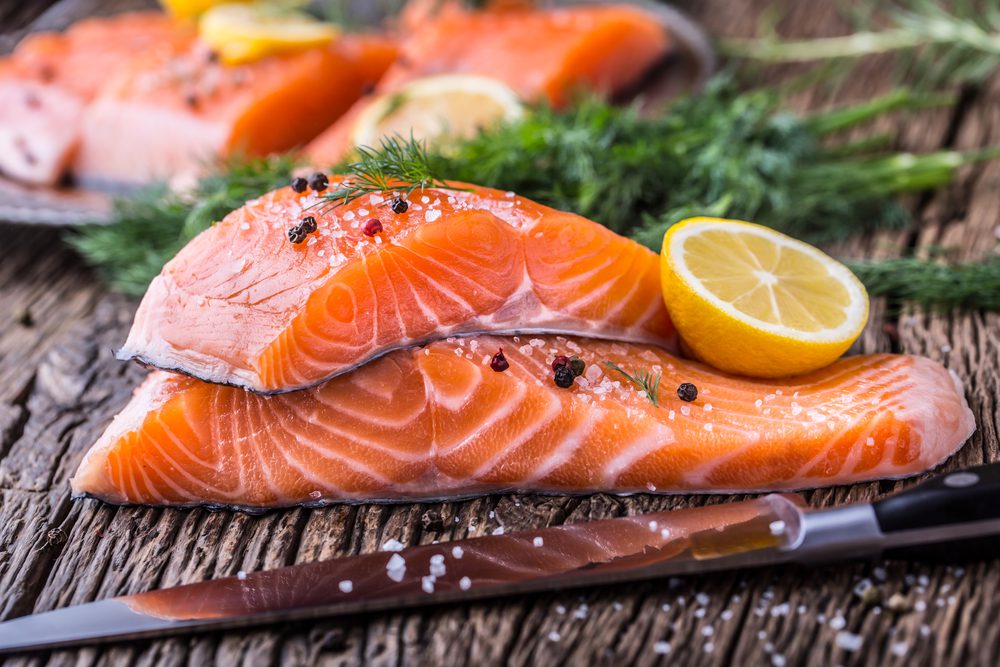
5. Fatty fish and fish oil
Omega-3 fatty acids from fatty fish especially salmon, mackerel, tuna, and sardines have a protective role in the risk of developing heart disease. Another study has shown that eating fish for a long period of time has a lot of other benefits!
If you really dislike seafood, don’t worry because fish oil is another option for getting your daily dose of Omega 3.
6. Walnuts
Honestly, who doesn’t like walnuts? They are a great source of fiber and micronutrients like copper, manganese, and magnesium. Adding walnuts to your diet might help you reduce cholesterol and blood pressure! You can add them to your salad or on top of that banana bread you love so much.
Did you know that some foods help you improve your heart health? Take care of it because among with the liver, it’s one of the most important organs in your body!
7. Kidney beans
Beans are one of the most healthy foods because they have lots of fiber, niacin, calcium, Omega-3 fatty acids, and super vitamin B. Beans are so easy to cook and you can include them in soups, salads (especially if you combine them with chicken breast which is very low in calories and high in proteins), stews or make a meal out of them if you like them simple just with few spices.
If you eat beans at least twice a week, you are on the right path, because consumption of this particular food reduces inflammation and blood pressure.
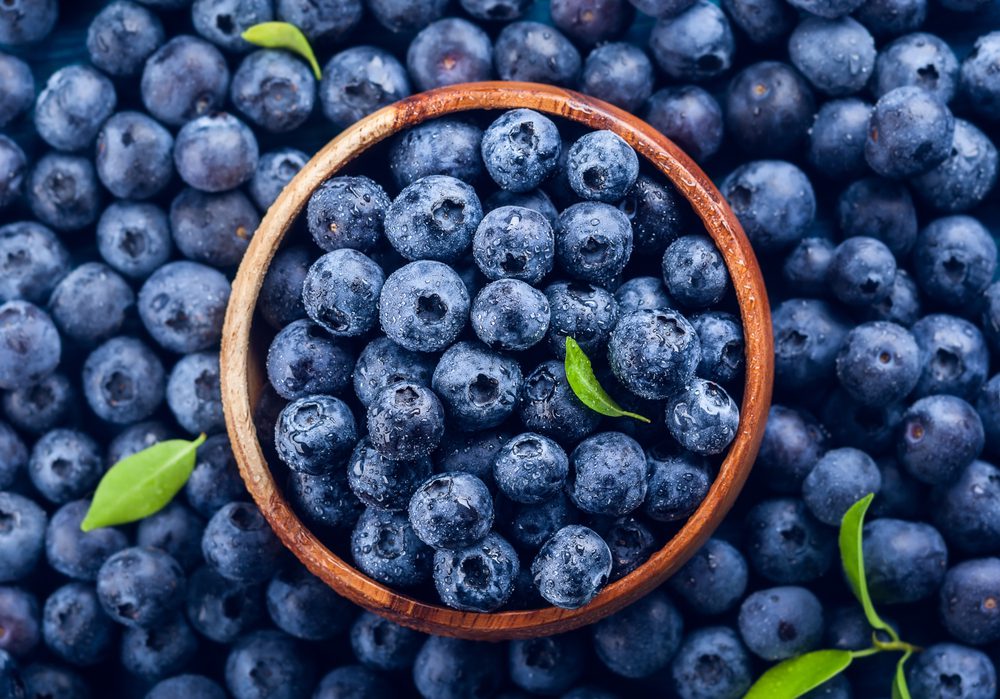
8. Blueberries
It’s a proven fact that berries are good for your heart, along with the rest of your body. They have plenty of nutrients including beta-carotene, vitamin C, calcium, fiber, and potassium. Amazing, right? You can eat them as a healthy snack, or on top of your oatmeal, or why not pancakes. Are you a fan of smoothies?
You can include them in your smoothie together with a banana. Blueberries are so tasty and delicious you will fall in love with them quickly if you haven’t by now!
9. Dark Chocolate
This yummy food is rich in antioxidants which can help boost heart health. A lot of studies show that eating chocolate reduces the risk of heart disease.
Be careful to choose a bar of chocolate that has more than 85% cocoa because other types of dark chocolate are high in sugar and calories which can decline its health properties.
10. Sweet potatoes
Sweet potatoes are one of the best sources of vitamins A and C! They also contain potassium, calcium, and fiber and if you eat their skins you will get even more fiber. You can include them in your list of healthy foods just because they are easy to cook and easy to pair with chicken breast or other vegetables.
Even if you prefer them mashed or baked until crisp you must eat them at least twice a week. Make sure you pick sweet potatoes not yams because they have more nutrients and fiber compared to the other ones.
Even if you are taking medication to lower your cholesterol levels a proper diet and working out will help you more than you think!
11. Asparagus
This is a healthy veggie that contains beta-carotene and fiber plus the best Vitamin B complex. You can make it as a side dish for your grilled salmon or chicken, or you can add it to your salads for a portion of more tasty food. Neat, right?
Which foods are your favorite? Tell us in the comments!
12. Oranges
These fruits are the perfect to-go snack. Oranges are full of vitamin C, fiber, and potassium which make them a very good food to add to your daily routine. Orange juice can also offer plenty of benefits but the best for you is eating the whole fruit.
You can also add them to your yogurt, in your salad, or if you like to experiment with the food you eat, chicken dishes. How often do you eat oranges?
13. Garlic
Can you believe this awesome food has been used as a natural remedy for centuries? Recent studies have shown that garlic can help improve your heart health. Amazing right? It can be used as a spice for your steak or if you are bold enough you can eat it raw. Garlic can help prevent blood clot formation and it can also reduce the cholesterol level in your body.
More than 1 in 10 Americans have been diagnosed with heart disease! Make sure you include the right foods that can lower your risk of cardiovascular disease.
Be sure to let us know if these tips were helpful. And meanwhile, you should also check out: Are You Getting Enough Vitamin B6? Here Are 5 Important Benefits.


